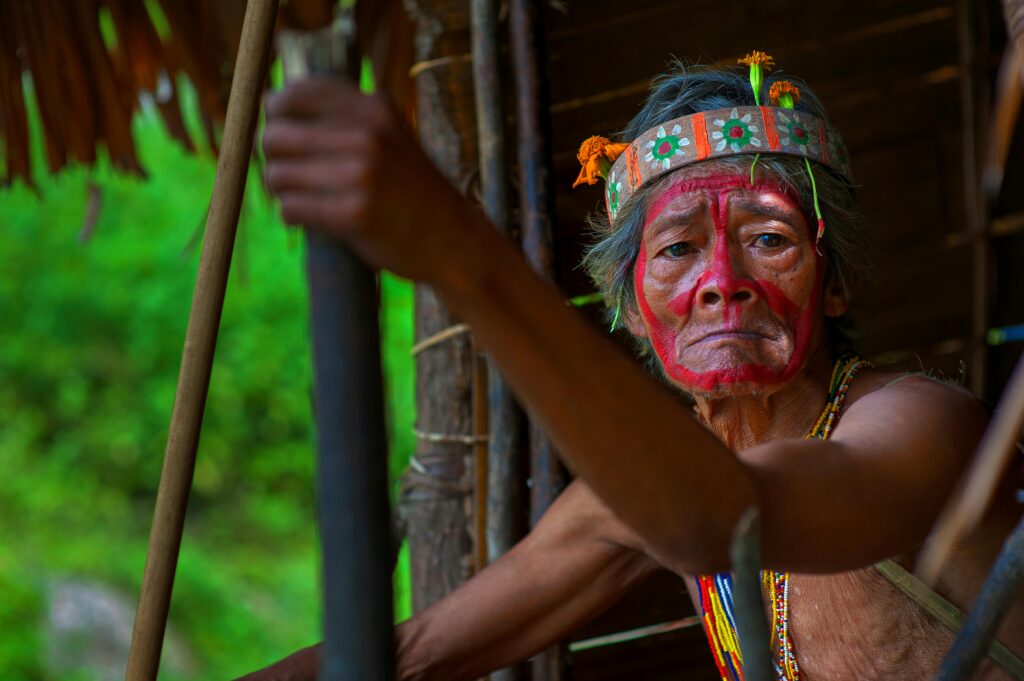In the midst of the bustling metropolises and picturesque landscapes of North America lies a hidden crisis that continues to haunt Indigenous communities: the epidemic of Missing and Murdered Indigenous Women (MMIW). It’s a heart-wrenching reality that transcends mere statistics, embodying the tragic stories of daughters, sisters, mothers, and friends whose lives have been abruptly cut short or mysteriously vanished, leaving behind shattered families and unresolved questions. As the shadows cast by this crisis grow longer, the urgent need for justice and awareness becomes ever more paramount.
The magnitude of the MMIW crisis is staggering. According to a report by the National Crime Information Center, Indigenous women are murdered at a rate more than ten times the national average in some regions of the United States. In Canada, Indigenous women and girls represent a disproportionate number of missing persons cases, accounting for approximately 16% of all female homicides despite comprising only 4% of the female population. These harrowing statistics underscore a systemic failure to address the root causes of violence and discrimination faced by Indigenous women, perpetuating a cycle of injustice and impunity.
At the heart of the MMIW crisis lies a complex web of historical injustices, socio-economic disparities, and institutionalized racism. For centuries, Indigenous communities have endured colonization, displacement, and cultural erasure at the hands of colonial powers, leaving behind deep scars that continue to reverberate through generations. The legacy of residential schools, forced sterilizations, and discriminatory laws has created fertile ground for violence against Indigenous women, often perpetuated with impunity due to jurisdictional loopholes and inadequate law enforcement response.
However, amidst the darkness, there shines a beacon of hope: the tireless advocacy and resilience of Indigenous activists and grassroots organizations who refuse to let the voices of the missing and murdered be silenced. From grassroots movements like the #MMIWG2S (Missing and Murdered Indigenous Women, Girls, and Two-Spirit) to high-profile campaigns such as the “Red Dress Project,” Indigenous communities are reclaiming their narratives and demanding justice for their loved ones. Through marches, vigils, and social media campaigns, they are shining a spotlight on the MMIW crisis and holding governments to account for their inaction.
Moreover, allies from all walks of life are stepping up to support Indigenous-led initiatives and amplify their voices. From political leaders calling for inquiries and legislative reforms to artists using their platforms to raise awareness, the movement to end violence against Indigenous women is gaining momentum on a global scale. Concerted efforts are being made to address the underlying systemic issues, including the implementation of culturally sensitive support services, enhanced police training, and greater collaboration between Indigenous communities and law enforcement agencies.
Yet, despite these strides, much work remains to be done. The MMIW crisis is not merely a statistic or a fleeting headline—it is a human rights tragedy that demands collective action and solidarity. As individuals, we have a moral obligation to educate ourselves about the historical and contemporary injustices faced by Indigenous peoples, to challenge stereotypes and misconceptions, and to advocate for systemic change. Whether it’s signing petitions, attending rallies, or supporting Indigenous-owned businesses, every act of solidarity brings us one step closer to achieving justice and healing for the families of the missing and murdered.
In conclusion, the crisis of Missing and Murdered Indigenous Women is a sobering reminder of the deep-rooted inequalities that continue to plague our societies. Yet, it is also a testament to the resilience and strength of Indigenous communities who refuse to be silenced in the face of adversity. By standing in solidarity with those affected by the MMIW crisis and amplifying their voices, we can strive towards a future where every Indigenous woman and girl can live free from fear and violence. It’s time to turn the tide of injustice and build a more equitable and inclusive world for all.







